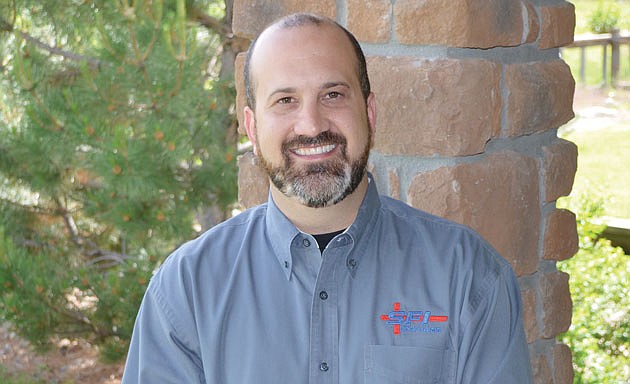- November 24, 2024
-
-
Loading

Loading

Slow down. Think. Assess. Ask questions. Dan Johnson, managing partner of SFI Compliance Inc., says such actions can be critical to avoiding serious, even fatal, accidents on the job.
Johnson is a certified safety professional and author of course material for Tampa-based Vector Solutions' RedVector brand. He says the majority of workplace accidents he investigates are not necessarily the result of deliberate negligence or inadequate training, but “somebody being in a hurry” and taking shortcuts.
“It might not be legal negligence,” he says. “Maybe the employee only has a 6-foot stepladder and the 8-foot stepladder is two buildings away. They really need the taller ladder but they go ahead and use the shorter ladder, and they end up standing on top of it, which you're not allowed to do, and they wind up falling off.”
It's easy to envision that scenario playing out at any number of companies, large or small, along the Gulf Coast. That's why Johnson says it's imperative business owners cultivate a safety-first environment.
“The company needs to be providing the proper equipment, the proper materials, to make it easy for the employees to grab what they need,” he says. “That takes away the excuse of, 'Oh, I was in a hurry.'”
To reduce their exposure to liability for an accident, business owners also need to stay up to date on their compliance with federal Occupational Safety & Health Administration regulations. For example, Johnson says, within the past few years, OSHA made changes to the notification window for workplace deaths (eight hours) and severe injuries, such as accidental amputation or eye loss (24 hours).
“Do a hazard assessment and determine how your facility needs to be set up so that people can work safely,” Johnson says. “Train your employees; make sure they understand all the rules and requirements; and then inspect your workplace regularly to make sure employees are following the rules. OSHA requires all companies to do what they call 'frequent and regular inspections.'”
For high-hazard companies, Johnson says, that might mean daily inspections, “but every facility needs to do it.”